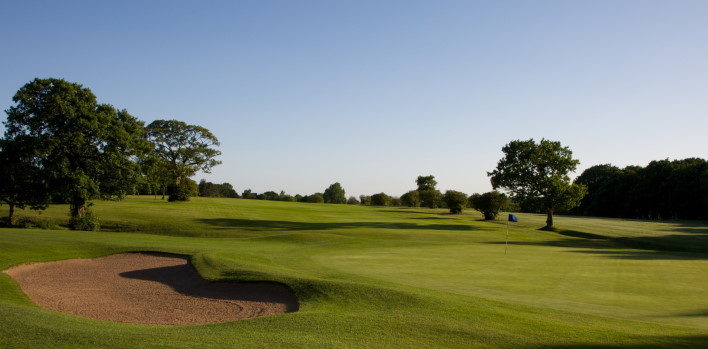Lahinch (Old)

The Old Course here was originally laid out by Old Tom Morris in 1892 and has everything that I believe makes for truly great golf. I’m honestly not sure I have enough superlatives for it.
It may not quite topple them but for me it sits on a par with the very finest seaside links courses in Great Britain & Ireland. It has an identity of its own, is completely unique and promotes exhilarating and strategic golf.
And if the front nine isn’t the best nine holes of golf you’ll play then I’m not sure where is better. No two holes are remotely the same and the layout takes us cleverly through the duneland on a magical journey. The back nine isn’t quite as thrilling but it’s not far off and the quality remains exceptionally high
The thing I like most about Lahinch is that you are into the golf course from the off, the first few holes don’t provide that gentle handshake some folk like nor does it ease you into the round. You are into the good stuff straight away.
The first has an amazing skyline green complex at the end of a rising fairway that feeds left-to-right – it welcomes you to high octane links golf from the get-go. The second boasts a glorious drive from a high tee, with the town in the distance, before the second half of the hole drops down to a separate lower fairway at this reachable par five. The next is a blind drive through a saddle in the dunes before you play over broken ground to a green that falls away from you with a splendid backdrop of sea, sand and sky.
Lahinch contains as much drama in its opening three holes as some respected courses have in their entire 18. And we have only just begun - things ramp up from the fourth!
Old Tom’s original design didn’t last long, less than two decades but the fourth and fifth, Klondyke and Dell, remain as two of the original holes. They may not be the “best” on the property but I wouldn’t change them one iota. The first is a par five which plays to a narrow valley fairway through the dunes with a huge sandhill which must be carried (or skirted) on the second shot which appears abruptly in front of you! Whilst the next is a completely blind par-three to a secluded green snuggled deep into a ring of dunes with just a white stone to guide you.
It was George Gibson who altered much of Old Tom’s work before Alister MacKenzie enhanced the course in the late 1920’s before he embarked on famous designs in America and Australia. A lot of MacKenzie’s work was lost over time but in more recent time Dr. Martin Hawtree restored some of it and made further improvements and this what we mostly play today. Hawtree really has elevated this course to something extra special whilst no doubt retaining the adventurous spirit of the original layout.
The real beef of the course comes from the sixth and contains that delightful mix, of quirk and championship challenge. It is unusual for a course of this eccentricity to host professional events but Lahinch did so in 2019 when the Irish Open rolled into town.
Back to the course and the sixth, which houses the ‘Devils Asshole’ - a tight, small bunker at the bottom of a deep hollow - has the most amazing reveal once you reach your tee-shot. A green sits nestled below you with a backdrop of the beach once again. And this isn’t the last time we see this play out before our eyes – Lahinch really does maximise its glorious setting to full effect.
From speaking with Jimmy, my caddy for the day, holes seven and eight really benefited from the Hawtree changes. The new green at the 7th now hangs off a dune towards the sea whilst the eighth is a completely new hole but merges seamlessly in. Meanwhile the brilliant ninth must be approached from the left due to the excellent siting of the green complex on a dune ledge dropping off steeply to the left.
The back nine is a little more classical in nature especially the 10th, 14th and 15th and these require some bigger hitting but the heroic drive of the 12th and the impish nature of the drivable 14th balance these out exceptionally well.
In the winter of 2022/23 the par-four 17th fairway had just been realigned in an effort to keep golf balls from venturing on to the adjacent road and the houses on the opposite side.
Finally, the 18th is perhaps the worst driving hole on the course as it lacks definition and actually goes over the fourth fairway but the hole itself is still very good and caps a truly memorable round of golf.
Par is 72 and the maximum yardage is 7,066 although I’m not sure if that includes a few special tees I saw dotted around which were used when the Irish Open was in town.
I can count on my fingers the number of courses I would rather re-visit than Lahinch and that is using only one hand.



